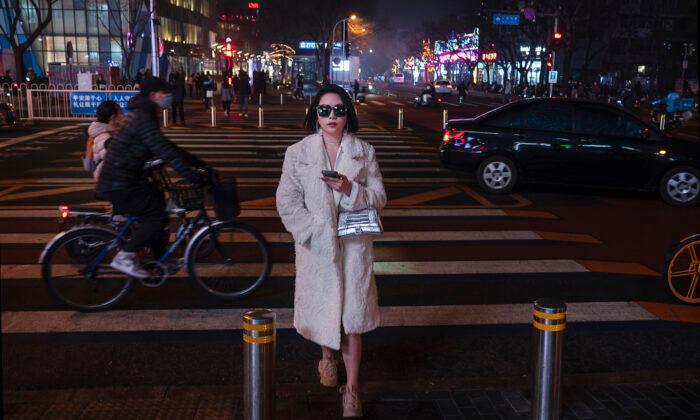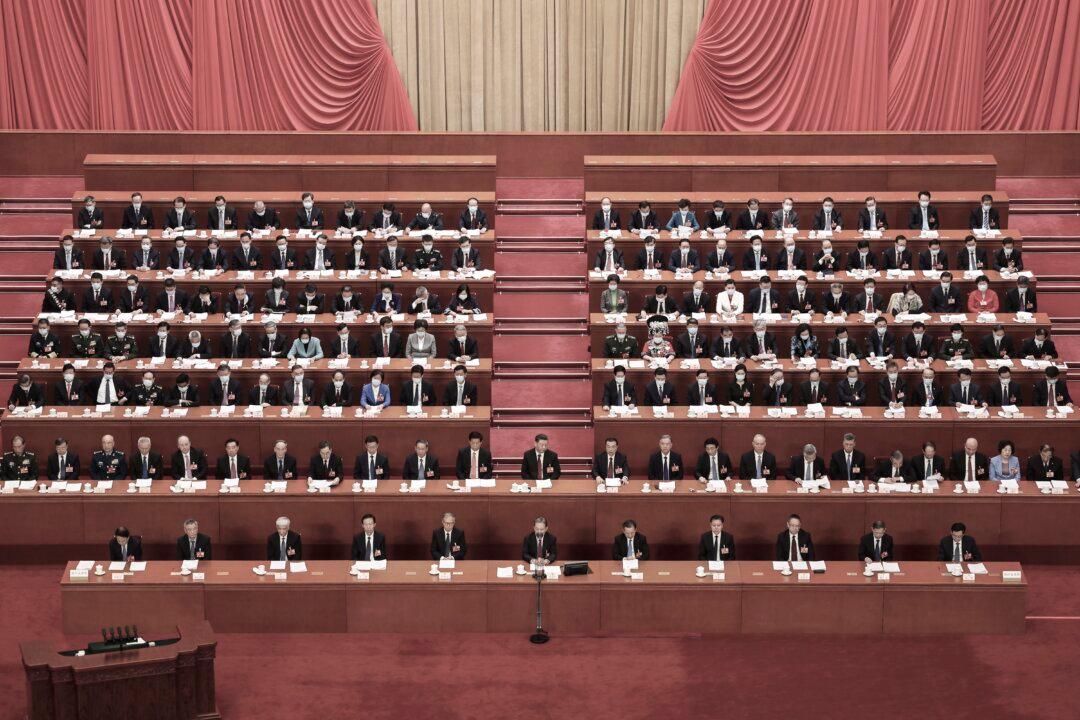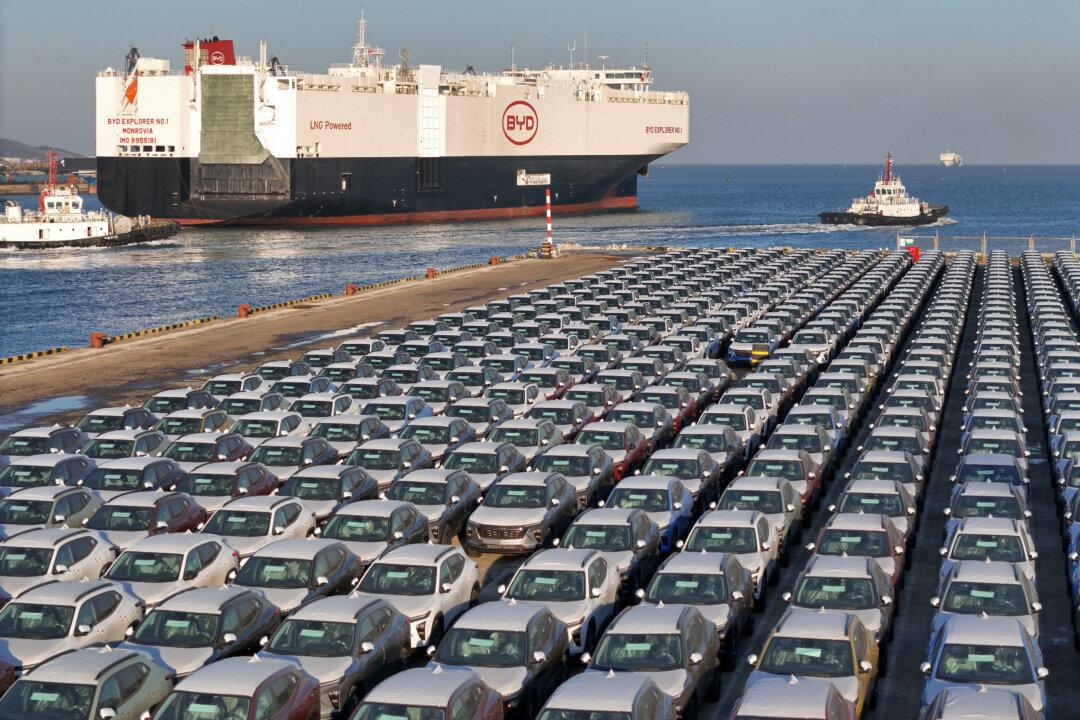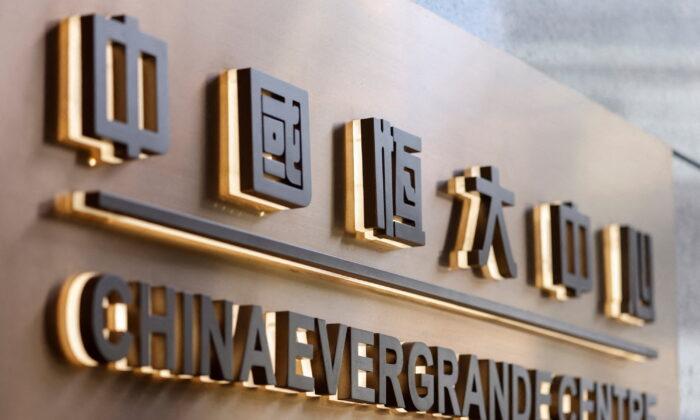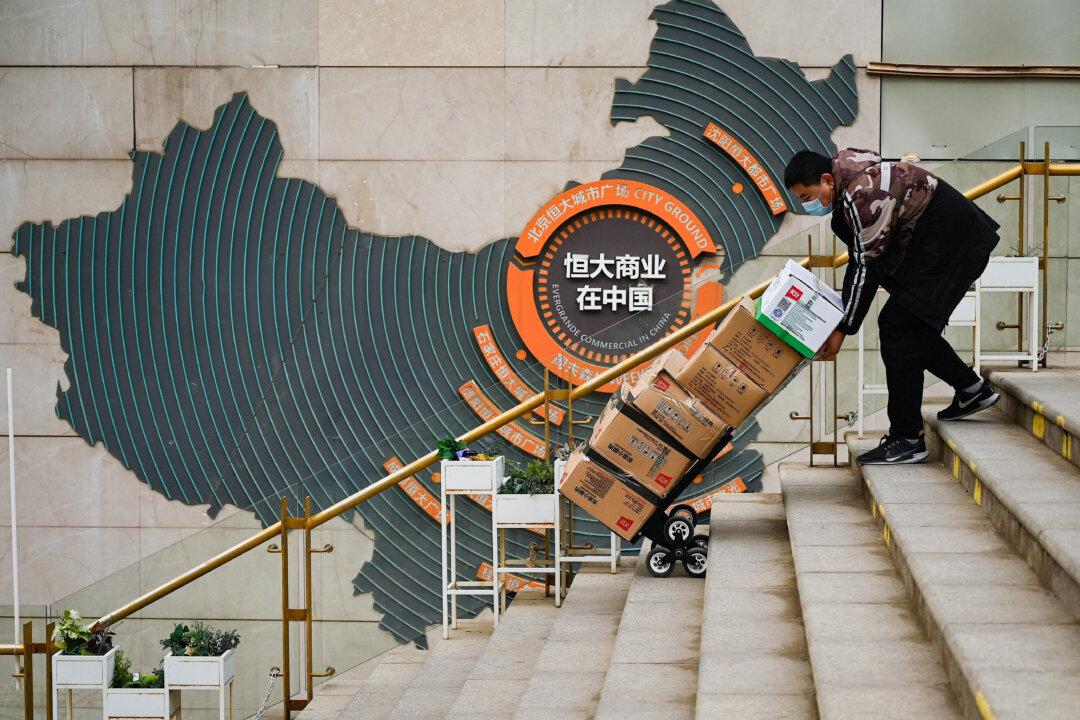China’s wealthiest got richer during the first year of the pandemic, says a recent report that follows an earlier study that indicates the top 2 percent of the population owns 80 percent of the country’s total wealth.
As of Jan. 1, 2021, wealthy Chinese families—those with total assets exceeding approximately $942,000—had a combined wealth of about $25.1 trillion, roughly 1.57 times China’s GDP in 2020, said China’s Hurun Research Institute’s 2021 wealth report released April 14.
There was a 9.6 percent increase in the combined wealth of those affluent households in 2020 over the previous year, exceeding China’s 2020 GDP growth of 2.2 percent, the report said.
Households considered “high-net-worth”, with total assets exceeding $1.57 million, reached 2.06 million, an increase of 2 percent from the previous year.
The number of “ultra-high net worth households”—those with total assets exceeding $16 million—reached 133,000, increasing 2.5 percent from the previous year.
Two Percent Own Over 80 Percent
Another annual report by state-owned China Merchants Bank indicated that ultra-wealthy individuals—those with average daily assets of over $1.57 million—accounted for 0.07 percent of the Chinese population in 2021. The report released in March, said they held about $4.36 million in assets per capita, and such individuals owned approximately 31.54 percent of the nation’s wealth.Average daily assets refer to the average value of assets on a particular day. It is calculated by adding the value of the assets at the beginning of the day to the value of the assets at the end of the day and dividing by two.
Meanwhile, China’s middle class—those with average daily assets of over $78,000—accounted for 2.05 percent of the Chinese population and owned 50.58 percent of the nation’s wealth in 2021. They have about $240,000 in assets per capita.
On the other hand, nearly 97.88 percent of people in China have less than $78,000 in average daily assets. Those individuals accounted for 17.87 percent of the nation’s wealth, and they held approximately $1,800 in assets per capita.
The ultra-wealthy individuals and the middle class in China are considered the top 2 percent of the country’s population, and according to the report, they own over 80 percent of the nation’s total wealth.
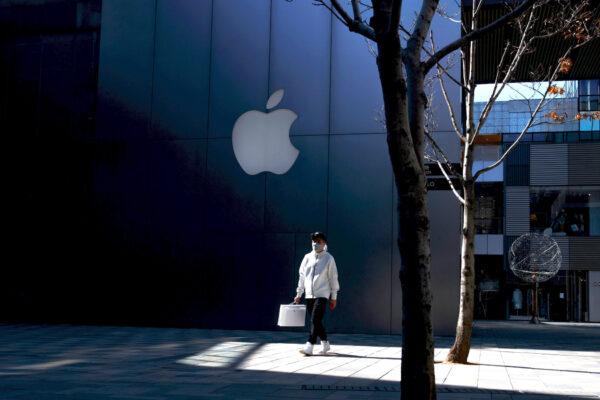
Wealth Gap
A 2014 study by the University of Michigan found the wealth gap between the rich and the poor in China is among the highest in the world and has surpassed that of the United States. The study found, at the time, that the Gini coefficient for family income in China was around 0.55 compared to 0.45 in the United States.The Gini coefficient or Gini index is a single number that demonstrates a degree of inequality in the distribution of income/wealth within a nation or group. A higher Gini index indicates greater inequality, with high-income individuals receiving much larger percentages of the population’s total income.
In September 2021, Ning Jizhe, director of China’s National Bureau of Statistics, stated that the Gini index of mainland China in 2020 was 0.468.
According to the United Nations Development Program, the alarming level of the Gini index is 0.4. A coefficient larger than 0.4 indicates a significant income gap between the rich and the poor.
In May 2020, China’s Premier Li Keqiang said that although China’s per capita annual income is about $4,700, more than 600 million people only earn about $157 per month.
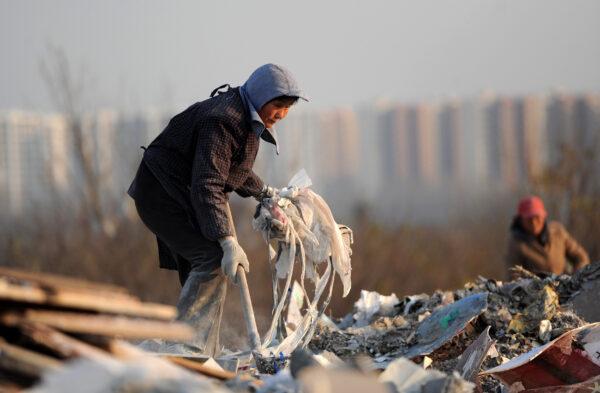
‘Hidden Income’
One reason for the gap between the rich and the poor in China is the corruption of officials, some have pointed out. In 2010, Wang Xiaolu, deputy director of China’s National Economic Research Institute, said corruption among Chinese Communist Party (CCP) officials is a primary cause of the country’s massive wealth gaps.Wang said China’s official Gini index cannot accurately reflect the country’s true income gaps due to the data omitting a large figure of “hidden income.”
Hidden income or gray income refers to unreported or undeclared wealth that stems from corruption, bribery, or other forms of illegal or unethical dealings.
Wang said if hidden income was taken into account, the actual income gap between the highest and the lowest income groups among Chinese households would be nine times the official number in 2008. The per capita income of the highest income group would be 65 times the lowest, over 23 times higher than the officially reported number, he said.
A 2015 study by Liu Qiongzhi and Luo Qin from Wuhan University’s School of Economics and Management, showed that if hidden income was taken into account, China’s Gini index in 2011 would have been 0.53, which was significantly higher than the 0.477 published by its National Statistics Bureau.
In 2014, the International Consortium of Investigative Journalists found that nearly 22,000 people from China or Hong Kong were hiding their wealth in offshore financial centers. Many among them were found to be relatives of the current or former top leaders of the CCP.
